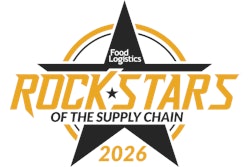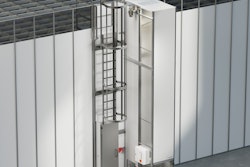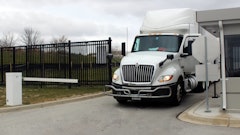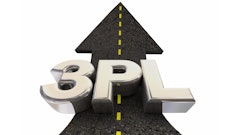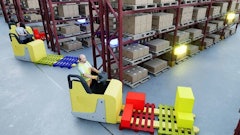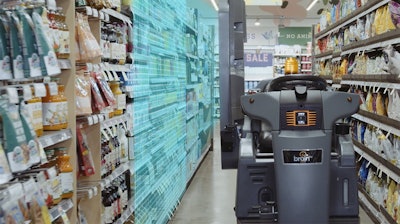
New research from Scandit and IHL Group reveals that shelf intelligence has become a strategic imperative with retailers moving to invest in technologies that drive inventory accuracy, profitability, and customer satisfaction.
For example, inventory visibility ranks second as a technology investment priority behind personalization of the customer experience, according to the research. However, retailers with profit growth of 10%-plus are investing 208% more in inventory visibility solutions than profit laggards.
“While digital transformation has dominated the retail industry for the last decade, inventory accuracy and shelf availability continue to erode profitability. Our new research demonstrates that shelf intelligence technology has matured to a competitive necessity, and retailers who have embraced this shift are breaking away from the pack,” says Greg Buzek, president and chief AI officer at IHL Group.
“Grocers and other retailers are no longer asking whether shelf intelligence works — they’re asking how fast they can scale it. The data confirms what we are seeing in real-world engagements across North America and Europe where deployments are increasing, on-shelf availability rises of 5% are being realized and bottom lines are being positively impacted, underlining the overall strategic imperative,” adds Christian Floerkemeier, CTO and co-founder at Scandit.
Key takeaways:
· As the appetite for shelf intelligence deployment rises, retailers expect multiple benefits, including increased customer satisfaction (57%), reduced labor costs (55%), on-shelf availability lifts (49%) and higher store associate productivity (38%).
· The research highlights the maturity shift from early shelf intelligence deployments that struggled with integration challenges, high costs, and immature AI models. AI spending by retailers is projected to grow by 29% from 2025-2026. More retailers are now identifying as early adopters, with retail’s profit winners 94% more likely to invest in shelf intelligence solutions than their struggling peers.
· Retailers who have adopted a hybrid data capture strategy using multiple methods, such as autonomous robots, fixed cameras and mobile devices are 64% more likely to be early adopters. These same retailers are also 136% more likely to maintain profitability leadership. Over the course of the next 12 months, 36% plan to adopt a hybrid data capture strategy demonstrating allocated budgets and implementation timelines, the single highest amongst planned shelf technologies. A further 21% are planning within the next 24 months, highlighting a market with momentum.






